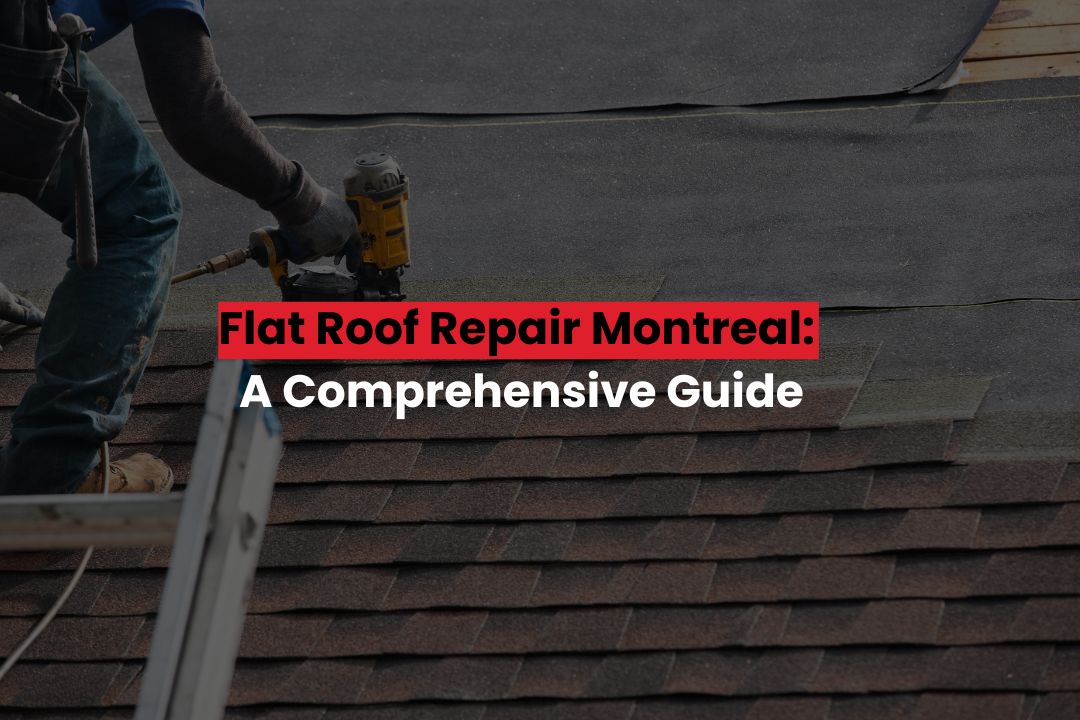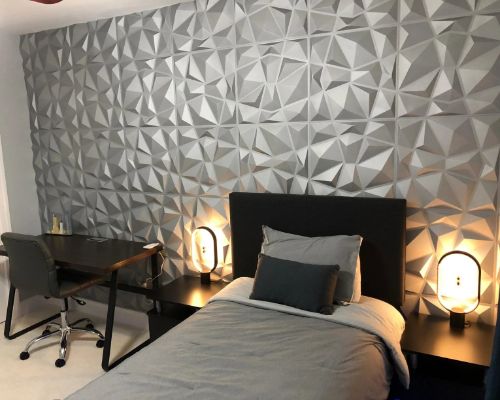Flat roofs are a common feature in Montreal’s urban landscape, providing a sleek and modern aesthetic to many buildings. However, they come with their own set of challenges, especially when it comes to maintenance and repair. This article aims to guide you through the intricacies of flat roof repair in Montreal, offering valuable insights and practical tips to ensure the longevity of your roof.
Understanding Flat Roof Systems
Types of Flat Roofs
Built-Up Roofing (BUR): Built-up roofing, commonly referred to as “tar and gravel” roofs, is a traditional and time-tested method. It consists of multiple layers of bitumen and reinforcing fabrics, creating a durable and weather-resistant surface. This type of roof is known for its excellent waterproofing properties and can withstand heavy foot traffic.
Modified Bitumen: Modified bitumen roofs are a modern adaptation of traditional BUR. They incorporate a polymer-modified bitumen sheet, enhancing flexibility, durability, and resistance to extreme temperatures. These roofs are known for their ease of installation and ability to withstand thermal stress.
EPDM (Ethylene Propylene Diene Terpolymer): EPDM roofs are made of a synthetic rubber membrane that offers exceptional weather resistance. This type of roof is lightweight, UV-resistant, and highly durable. EPDM is known for its ease of installation and is often used in both residential and commercial settings.
TPO (Thermoplastic Olefin): TPO roofs are single-ply roofing membranes made from a blend of polypropylene and ethylene-propylene rubber. They are known for their energy efficiency, UV resistance, and ease of installation. TPO roofs have become popular for their environmentally-friendly properties and reflective surface
Common Flat Roof Issues
Ponding Water: Ponding water occurs when rainwater accumulates and forms puddles on the roof surface. This can lead to structural stress and, over time, cause leaks and damage to the roof membrane.
Leaks and Moisture Intrusion: Improper sealing or damaged roofing materials can result in leaks and moisture seeping into the building. This can lead to extensive damage to the interior and compromise the structural integrity of the roof.
Membrane Damage: The roofing membrane, whether bitumen, EPDM, or TPO, can sustain damage from various sources such as UV exposure, foot traffic, or falling debris. This compromises its ability to provide effective waterproofing.
Flashing Problems: Flashing, which is the material used to seal joints and edges, can deteriorate over time. When flashing fails, it allows water to enter the vulnerable areas of the roof.
DIY vs. Professional Repair
Assessing the Damage
DIY Repairs
Materials Needed: For small repairs, you’ll typically need roofing adhesive, patching materials, a trowel, and safety equipment like gloves and safety glasses. These materials are readily available at most hardware stores.
Step-by-Step Guide: Start by cleaning the damaged area and removing any debris. Apply the roofing adhesive and carefully place the patching material. Smooth out the patch and ensure it adheres properly. Follow safety precautions throughout the process.
Safety Considerations: When undertaking DIY Flat Roof repairs, always prioritize safety. Use proper safety equipment and work on a dry, stable surface. If the repair involves working at heights, consider using a harness or consulting a professional.
DIY Flat roof repairing are suitable for minor issues like small punctures or cracks. They can be cost-effective and provide a sense of accomplishment for homeowners.
When to Call a Professional
Signs of Extensive Damage: If the damage to your flat roof is extensive, involving large areas or multiple layers, it’s best to seek professional assistance. Professionals have the expertise and equipment to handle complex repairs.
Complex Repairs Requiring Specialized Skills: Certain repairs, such as resealing seams or dealing with advanced roofing materials, require specialized skills and equipment that professionals are trained to handle.
Finding the Right Contractor
Qualities of a Reliable Roofing Contractor
Finding the right roofing contractor is crucial for a successful flat roof repair. Here are key qualities to look for:
Experience and Expertise: Choose a contractor with a proven track record in flat roof repairs. Experienced professionals are familiar with various flat roof repairing systems and can offer tailored solutions.
Licensing and Insurance: Ensure the contractor is licensed and insured. This protects you in case of accidents or damage during the repair process.
Client Testimonials: Check for client testimonials or reviews online. This provides valuable insights into the contractor’s reputation and the quality of their work.
Transparent Communication: A reliable contractor maintains open and clear communication throughout the repair process. They should be willing to answer your questions and address any concerns.
Roof Coating for Long-Term Protection
Roof coating is a critical aspect of flat roof maintenance. It provides an extra layer of protection against the elements, prolonging the lifespan of your roof. Here’s why roof coating is beneficial:
Enhanced Durability: The coating creates a seamless barrier that protects against UV rays, extreme temperatures, and physical damage. This significantly extends the lifespan of your flat roof.
Energy Efficiency: Roof coatings often have reflective properties, reducing the absorption of heat. This leads to lower energy costs as your building remains cooler in the summer months.
Extended Lifespan: A properly applied roof coating can add years to the life of your flat roof. It acts as a shield, preventing premature deterioration and the need for extensive repairs.
The application process involves thorough cleaning and priming of the roof surface before applying the coating evenly. This ensures maximum adhesion and effectiveness.
Conclusion
Maintaining and repairing a flat roof in Montreal requires a combination of knowledge, skill, and the right materials. By understanding the specific needs of your roof and taking appropriate action, you can extend its lifespan and ensure the comfort and safety of your property.
FAQs
Q1: How often should I inspect my flat roof?
A: It’s recommended to inspect your flat roof at least twice a year, ideally in the spring and fall.
Q2: Can I repair a flat roof on my own?
A: Small repairs can be done DIY, but for complex issues, it’s best to consult a professional roofing contractor.
Q3: What is the typical lifespan of a flat roof in Montreal?
A: With proper maintenance, a flat roof can last between 20 to 30 years.
Q4: Is roof coating necessary for a flat roof?
A: While not mandatory, roof coating provides an extra layer of protection, increasing the roof’s longevity.
Q5: How can I prevent ponding water on my flat roof?
A: Proper drainage systems and regular gutter maintenance are crucial in preventing ponding water.






